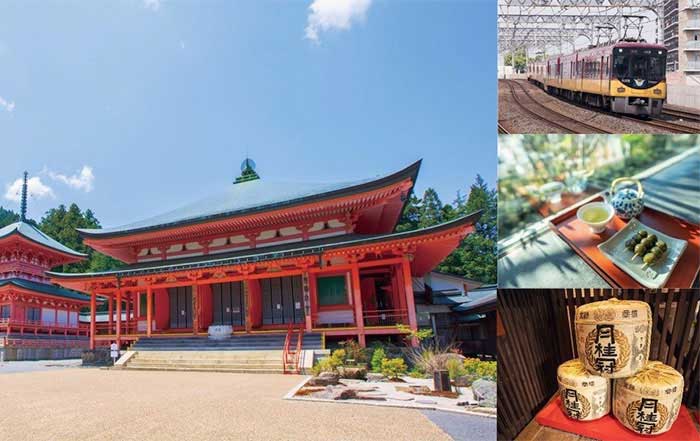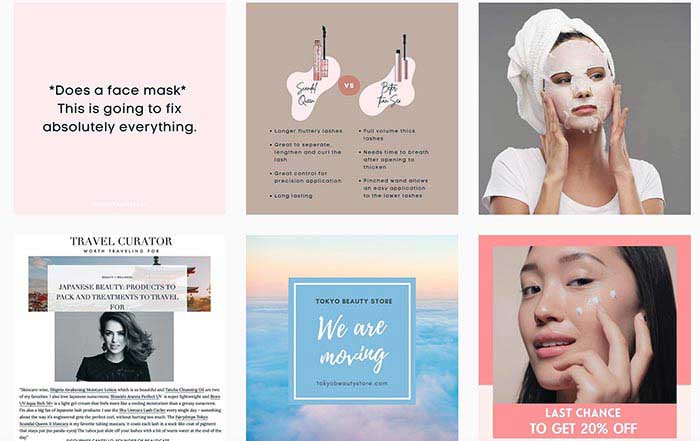Japan's Agency for Cultural Affairs, in cooperation with the Japan National Tourism Organization, proudly presents the Japan Heritage website's Luxury Travel content. These pages feature the country's diverse cultural heritage, with the feel of a leisurely vacation with impeccable service.
The Luxury Travel pages help provide a more relaxed travel experience; soaking in the local atmosphere and taking a deep dive into Japan Heritage's unique combination of historic traditions and bold innovation.
For example, switch off in the private space of a traditional country villa or luxury seaside resort and indulge in the region's gastronomic delights – carefully selected local ingredients cooked to perfection. Enjoy a variety of exceptional activities both in the accommodation and the surrounding countryside. Experience the essence of Japan and discover a cultural legacy for the generations.
Journey deep into the tranquility of the mountains of Japan, experiencing the rejuvenating powers of nature. In the hinterland of Nara, the former capital of Japan in ancient times, the Muro area is replete with temples, shrines, and sacred sites that have endured for over a thousand years. Glimpse the spiritual foundations and the history of diversity within Japan's unique religious culture. Stay in a traditional Japanese wooden farmhouse, enjoy hearthside meals of delicious local specialties, and unwind with a private meditation experience in the depths of a secluded valley.
An ancient path cuts through the picturesque countryside of Nagano Prefecture. It's the Nakasendo, a centuries-old mountain road that has been traveled by scores of samurai, monks, peasants, and even an emperor. Along this path, discover local shops, hidden shrines, and breathtaking views.
A lifetime away from the bright lights of Tokyo, the Kiso region in Nagano Prefecture allows visitors to truly discover a Japan that is straight out of a storybook. Stone paths, wooden buildings, and quaint post towns await those travelers lucky enough to be let in on the secret of the Kiso Valley.
A crossroads of luxury and history, the area allows for true historical immersion while also offering stays in some of the most exclusive traditional lodgings in the country.
Once found across Japan, Ise-Shima hosts many of the country's remaining ama divers. The ama live in close harmony with nature – plunging into the inky depths without any modern diving equipment, they rely instead on their expert knowledge of the sea and weather conditions to make their dives successfully. A typical catch includes abalone shells, turban shells, and seaweed, although the ama are careful never to take too much and disturb the delicate marine ecosystem – a form of sustainable fishing dating back to at least the 8th century, when ama divers were mentioned in the Man'yoshu poetry compilation. Today, visitors can join ama divers underwater as they practice their craft or sit with them in their amagoya huts where they rest after dives, grilling the fresh shellfish and imparting unique tales of ama life. The observation deck atop Mount Yokoyama offers expansive views of Ago Bay and its many islands.
Japan Heritage Official Website: Japan Heritage is a project focusing on various historic cultural properties across Japan, from those famous across the world to hidden gems known only to the select few. The website features deep-dive reports, stunning virtual reality and video content, descriptions of the historical backgrounds of cultural properties, and much more.




